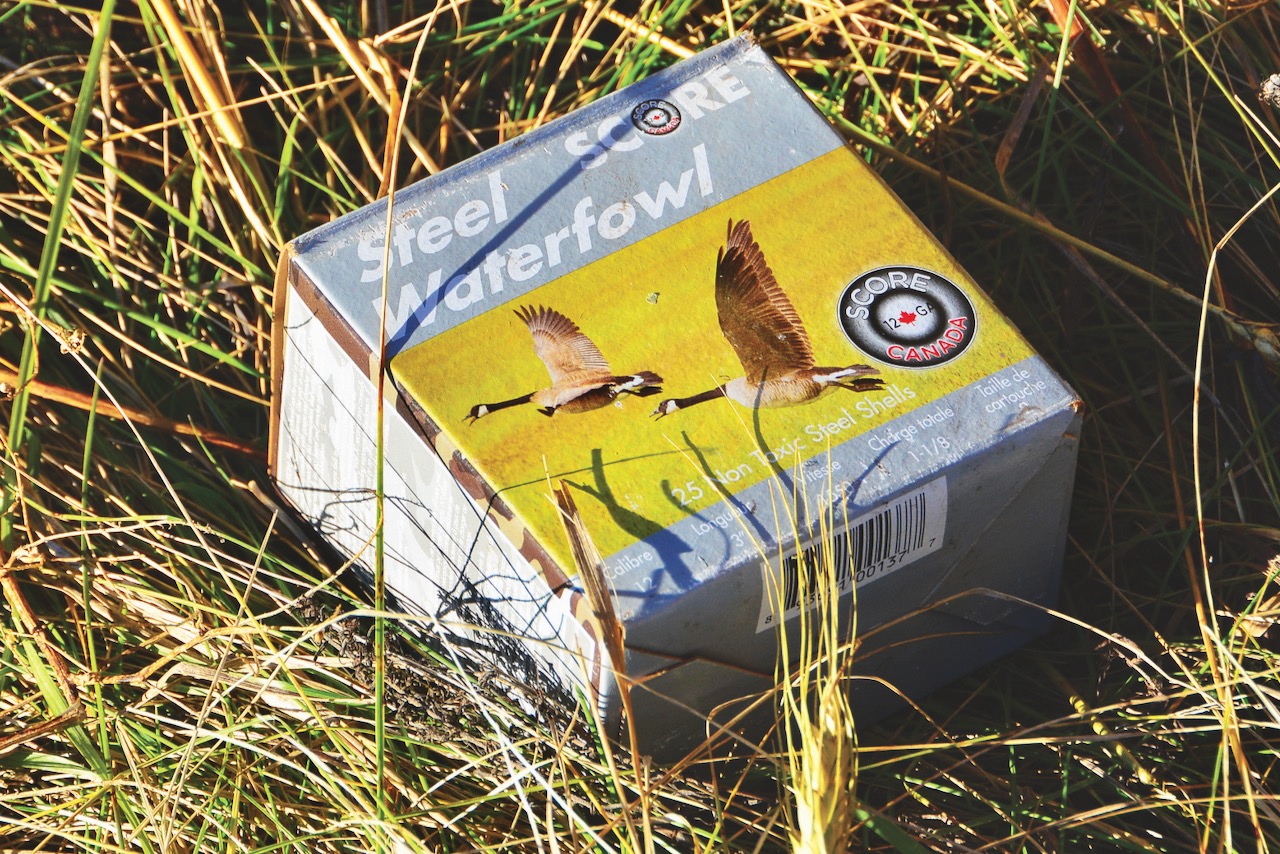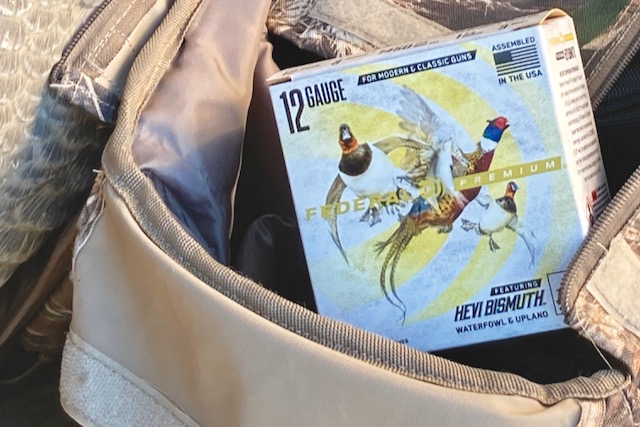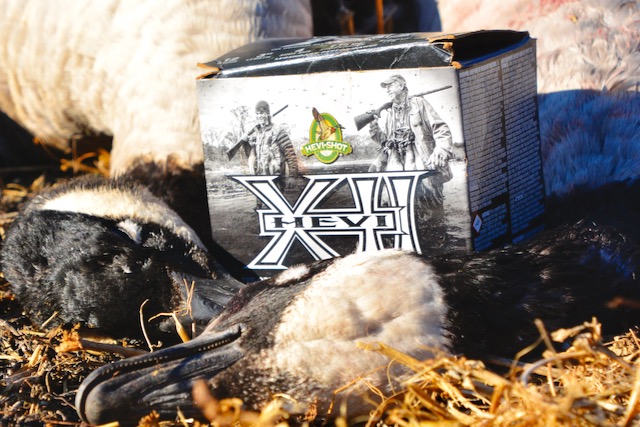BEYOND LEAD
With so many non-toxic shotshell options now available, choosing just the right waterfowl load can be confusing. Our primer is here to help
Advertisement

COMPARING THE OPTIONS
When it comes to better understanding the non-toxic shot alternatives, it helps to be sitting in a blind next to J.J. Reich, as I found myself last fall. We were hunting together in Alberta’s Cold Lake region with outfitter Clay Charlton’s Take ’Em team.
In between flights of Canadas, white-fronted geese and mallards, I learned a whole lot about modern shotshell alternatives. Reich is currently senior manager of press relations for Vista Outdoor’s outdoor brands (now under the Revelyst banner), which includes ammunition makers Federal, HEVI-Shot and Remington. He walked me through the basic history and attributes of the various non-toxic shot alternatives.
Advertisement
Made of iron, carbon and a handful of other elements, steel was the first non-toxic shot alternative on the market. Hunters immediately saw its deficiencies, however. Being significantly lighter than the lead shot they were accustomed to, steel didn’t carry its energy nearly as far. What had been everyday kills using lead resulted in many missed or wounded birds.
To partially compensate for this, manufacturers began producing loads with significantly higher velocities, understanding that pellet velocity resulted in increased downrange energy. That worked, but it also resulted in increased felt recoil, something hunters should consider when making their shotshell selection. Steel is also very hard, so you can’t shoot steel pellets through many older shotguns without risking damage to the barrel.

Bismuth was the first non-toxic alternative to steel to hit the market. It’s denser than lead and softer than steel, and it’s safe to shoot in all shotguns. I recall attending an outdoor writer’s workshop in California in the early 1990s when it was first introduced. We shot our first bismuth loads at clay targets and came away thinking it would be the new norm in shotshell production.
Advertisement
That changed in short order, however. Bismuth is a naturally brittle metal, and the alloys being produced at that time didn’t prove to be as hard or as reliable as expected. While the fervor of bismuth as the second coming soon faded, manufacturers continued to experiment, and today we have bismuth alloys in shot that are ultra-reliable, and excellent performers in the field.
Finally, there is tungsten, a heavy, rare, ultra-hard metal that is mined predominantly in China. Federal Ammunition introduced the first tungsten shotshells in the mid-1990s. They came on with a flourish, and over the succeeding years, several other manufacturers have also used tungsten to varying degrees. Its outstanding performance in waterfowl shotshells was never questioned, but availability was a significant problem, due largely to global supply-and-demand issues. Tungsten continues to be available as a non-toxic shot alternative for those willing to pay somewhat exorbitant prices.

So, what should you choose as your go-to non-toxic alternative? As with many questions, the answer is embedded in compromise. For starters, a shotshell that uses a denser metal than another shell will have more downrange energy, deeper penetration and/or higher pellet counts. That leads to fuller patterns with more hits on targets at longer distances. Given that premise, says Reich, the order from poorest performance to best is steel, bismuth then tungsten. “It’s really all about the science,” he says.
At the same time, though, Reich says your decision should also be based on your hunting scenario—are you pass-shooting Canada geese at extended distances, or shooting teal over decoys at short range? And what also can’t be ignored, he says, is how much you’re willing and able to spend. The good news is, while there are now more non-toxic alternatives than ever before, they’ve also never performed better. Concludes Reich: “It’s ultimately up to each hunter to decide what’s best for them.”

